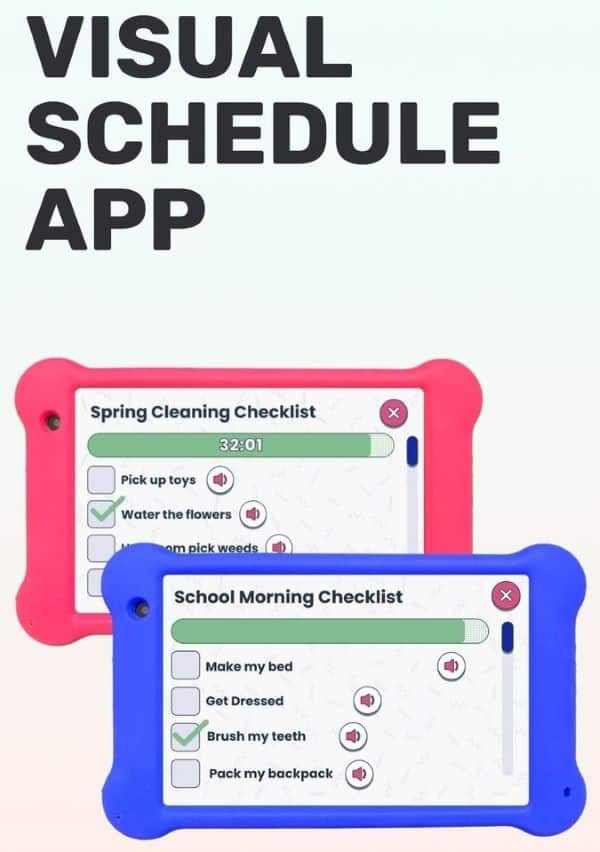Visual Processing Disorder, scientifically known as Visual Perceptual Disorder, is a neurodevelopmental condition that affects how the brain processes and interprets visual information. Individuals with this disorder may experience difficulties in recognizing shapes, letters, or numbers and struggle with spatial awareness and visual memory. This can lead to challenges in reading, writing, math, and other academic tasks and difficulties in activities like dressing, navigating, and understanding visual instructions. It is essential to provide appropriate support and interventions to help children with Visual Processing Disorders thrive and reach their full potential.














